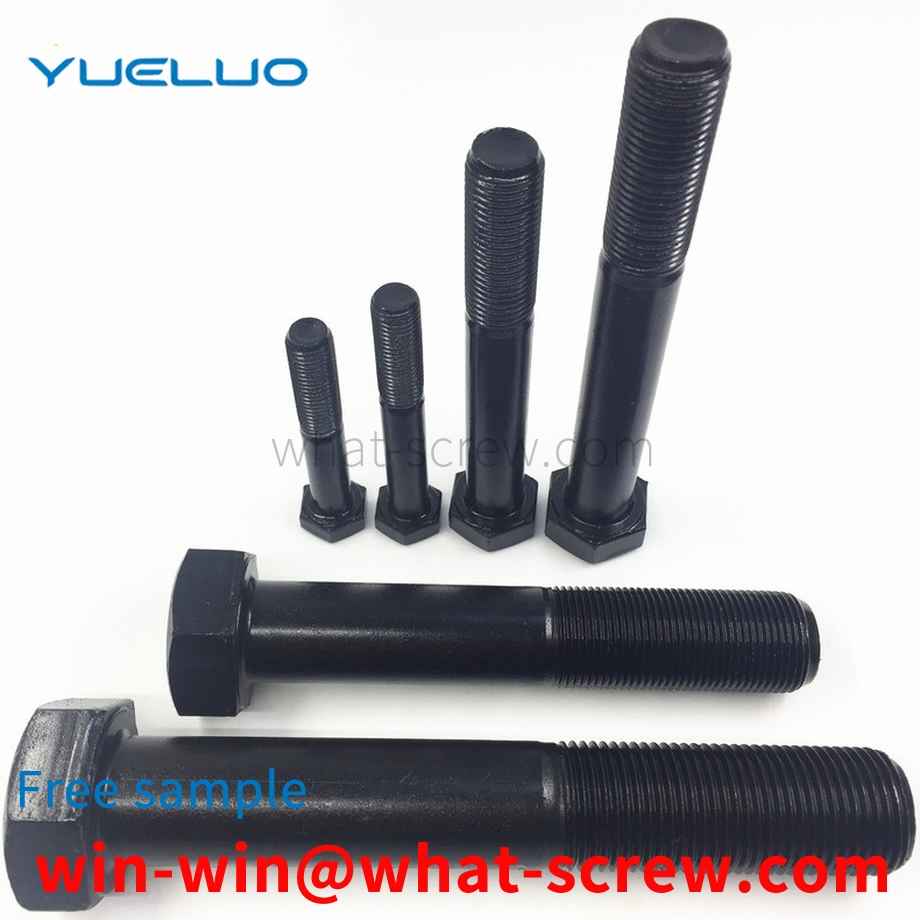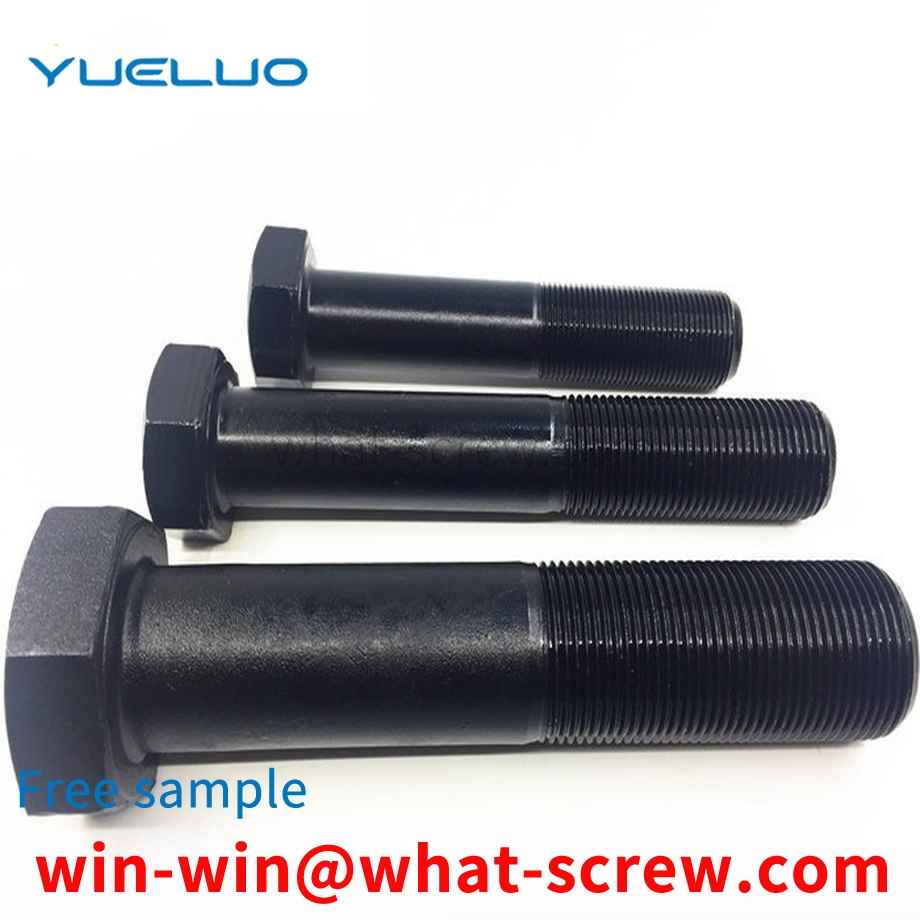The key connection is a typical mechanical connection, which is usually used to connect the parts on the shaft and to fix them circumferentially and realize torque transmission. Key connection can be divided into flat key connection, semicircular key connection, wedge key connection and tangential key connection, among which flat key connection is widely used in practical engineering because of its simple structure, good alignment and convenient manufacturing. During operation, torque is transmitted through the contact between the sides of the key and the sides of the shaft and hub grooves. In order to ensure the transmission accuracy, the flat key structure generally adopts the transition fit. Due to its structural characteristics and working conditions, it is difficult to use ordinary mechanical tools to lift and pull out during the maintenance process. If forcibly removed, the key and the mating shaft will be destroyed.
The Greek mathematician Arkutas once described the principle of screw, screw, screw. In the first century AD, the Mediterranean world had begun to use wood screws, screws, and screws in screw presses that could press olive oil from olives, or make wine from grapes. Before the fifteenth century, metal screws, screws, screws were rarely used as fasteners in Europe. Rybczynski (Rybczynski) proves that hand-held screwdrivers and screwdrivers existed in the Middle Ages (at the latest AD 1580), but it was not until the eighteenth century that threaded fasteners were commercialized and began to be widely used. . Before threaded fasteners were widely used, there were many different ways of tightening. Mostly related to woodworking and forging, and less to machining, concepts such as dowels and pins, wedges, tenon and tenon, dovetails, nails, forge welding, and others are tied with leather or fiber and tied together. Before the mid-nineteenth century, ships were built with cotter pins, pin bolts, or rivets. There were also adhesives, but not as many as they are here today. Metal screws, screws, and screws became commonly used fasteners after the use of machine tools in the 18th century to mass-produce screws, screws, and screws. This technology developed around the 1760s and 1770s, along two separate processes. Approaches, but quickly converged: wood screws, screws, screws (metal screws for wood fixing, screws, screws) are machined with single-purpose, high-yield machines, and low-volume, mold shop style production V-Thread Machine Screws, Screws, Screws, can choose from a variety of different pitches.
Guangdong Yueluo Hardware Industry Co., Ltd. relates to a rivet nut fastener, which includes a body, and the rivet part of the body extends into the product to be processed. It is characterized in that trapezoidal teeth are formed on the joint surface of the body and the product to be processed. Or triangular teeth, there is a circular groove below it, and the height of the riveting part is 0.5-1mm smaller than the thickness of the processed product. Guangdong Yueluo Hardware Industry Co., Ltd. is suitable for riveting of any sheet metal materials, such as carbon steel plate, copper plate, aluminum plate, stainless steel plate, aluminum alloy plate, etc. Solid, high riveting surface flatness, providing good electrical contact performance.
The national standard for the size of the screws in the round head three-combination screw is GB818. The main technical requirements of various types are: iron and stainless steel for material requirements, low, medium and high carbon steel for iron, and stainless steel combination screws The materials are stainless steel 201, stainless steel 304 and stainless steel 316. The thread tolerance is 6G, and the mechanical properties of the iron combination screws are 4.8 and 8.8. The 4.8-level combination screws are ordinary steel, and the maximum allowable hardness is 255HV. The 8.8-level combination screws are generally made of wire rod 10B21. , and then undergo hardening treatment, and then dehydrogenation after hardening treatment. Hydrogen removal is to prevent hydrogen embrittlement of the spring washer in the combination screw. Prevent the spring pad from breaking. The tolerance class of the combination screws is A. The cross groove is H-shaped. The surface treatment of the combination screw has environmental protection and non-environmental protection. Such as, environmental protection blue zinc, environmental protection color zinc, black zinc, color zinc, white nickel and so on. The technical requirement of the combination screw for the spring washer is that the washer should be able to rotate automatically without falling off.
Compared with the prior art, the technical effect of Yueluo Company is: during the screwing process of the nut, the tube wall of the nut is elastically deformed so that the convex ring on the screw is matched with the groove on the nut, and the slope of the convex ring matches the groove. The groove wall is abutted against to limit the relative position of the nut tube and the screw shaft in the axial direction, which not only ensures the reliability of the threaded connection, but also achieves a significant anti-loosening and anti-falling effect. After the threaded connection, excessive force is applied to remove the nut and screw, so that it can be reused to save costs.
We have many years of experience in the production and sales of screws, nuts, flat washers, etc. The main products are: mirror screws, cap screws/cap nuts, through thread screws, metric bolts and other products, we can provide you with suitable fasteners for you solution.



















 Service Hotline
Service Hotline




